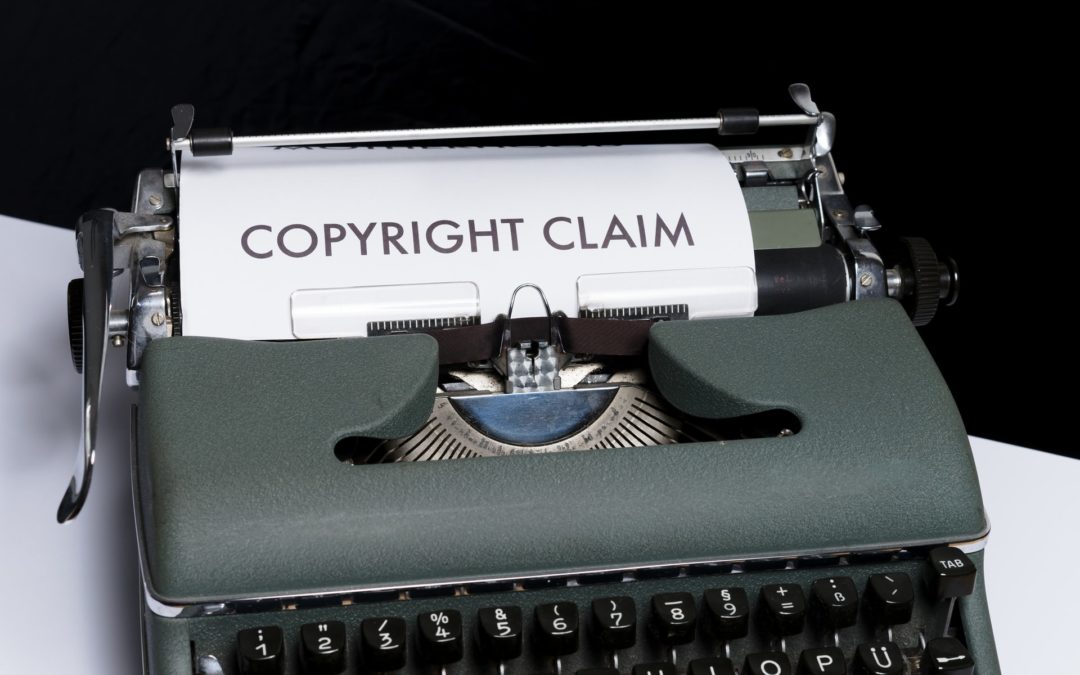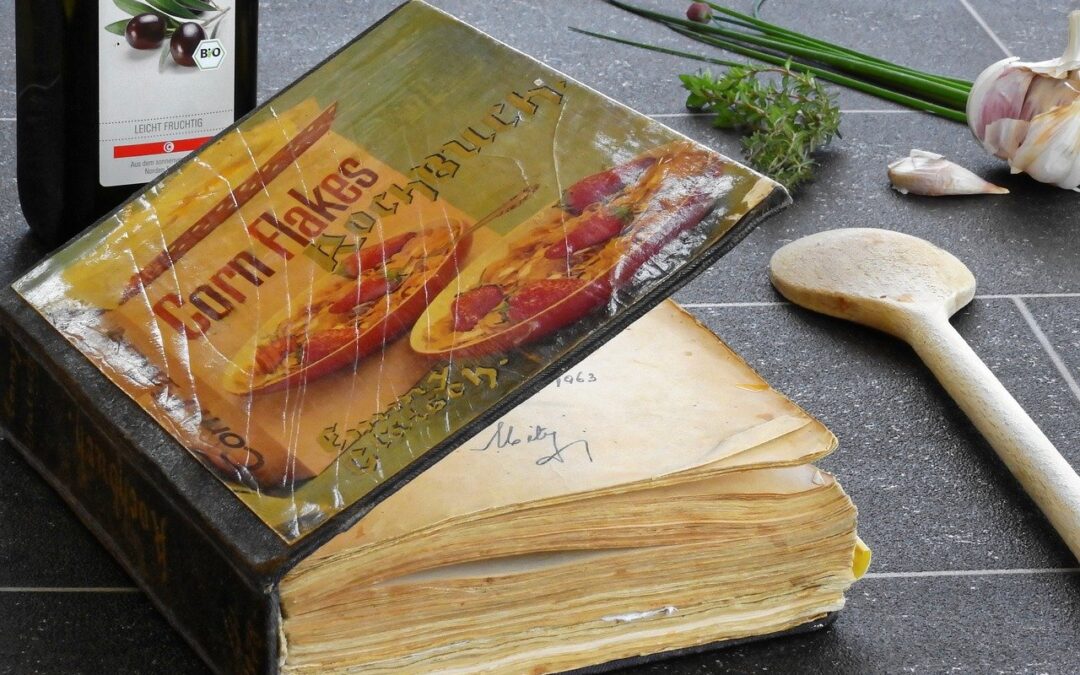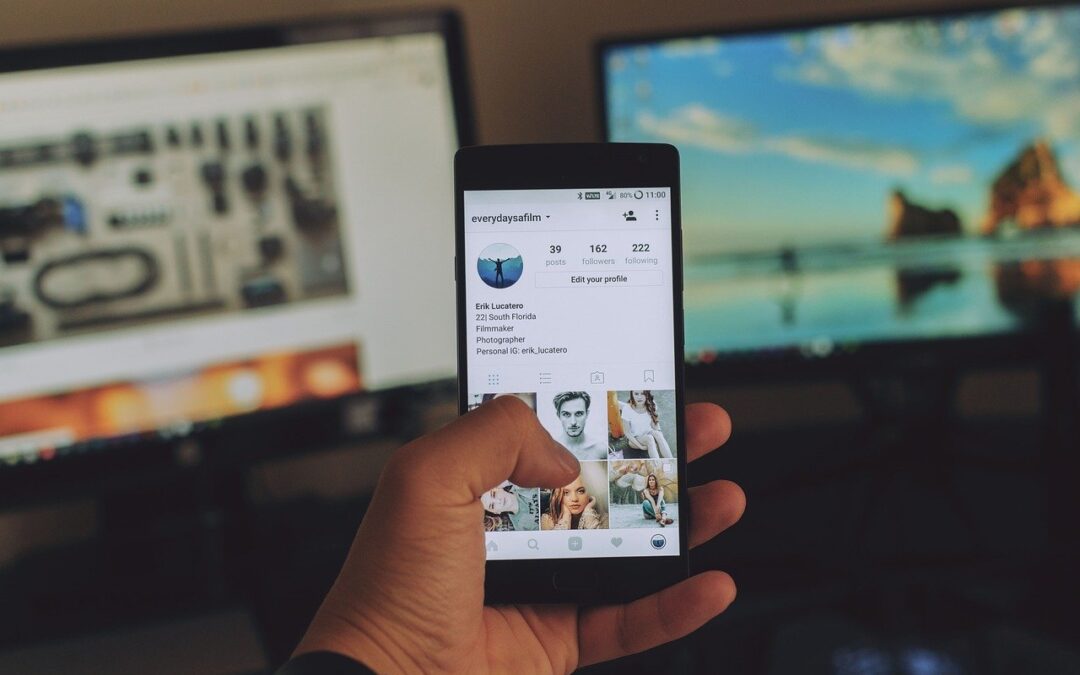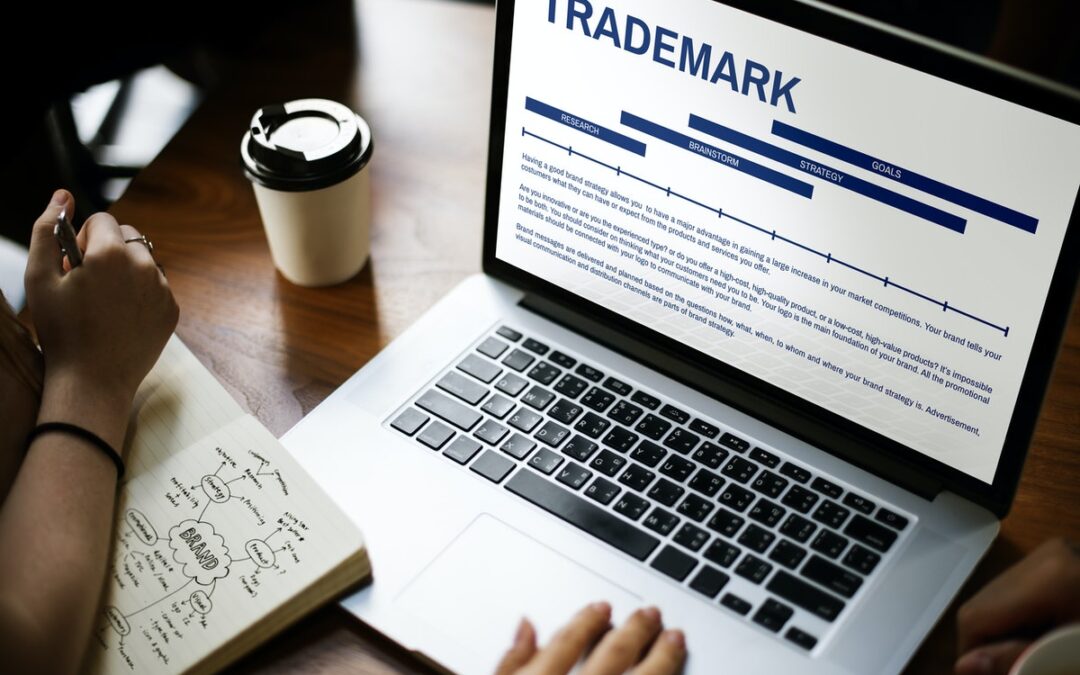
Jul 29, 2022 | Intellectual Property
What is copyright? Copyright is the exclusive right of owners to protect certain creative works from being copied or reproduced by others, without permission. What types of work does copyright... Read More

Jul 22, 2022 | Intellectual Property
Musical Copyright in the US In 2016 a Los Angeles Court handed down a decision that the rock n’ roll band Led Zeppelin did not breach copyright in their 1971... Read More

Jul 18, 2022 | Intellectual Property
Is My Recipe My Intellectual Property? If you think your chocolate cake recipe is exceptional, or you’ve designed the next ‘big thing’ in the culinary world, you might want to... Read More

Jul 11, 2022 | Information Technology Law, Intellectual Property
Social Media is Unavoidable. We’re confronted with social media in its various forms everyday. Politicians are endlessly tweeting and the person next to you on the bus is scrolling through... Read More

Jul 2, 2022 | Information Technology Law, Intellectual Property
Are you a mobile app developer or someone contracting with a developer to make mobile apps? This article aims to set out briefly some of the common copyright disputes that... Read More

Apr 24, 2022 | Intellectual Property
Trade Mark Registration: A trade mark is a way of identifying a unique product or service. It can include a letter, number, word, phrase, sound, smell, shape, logo, picture, aspect... Read More







